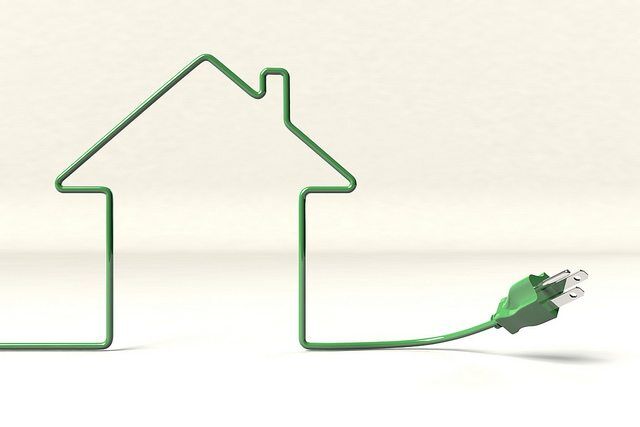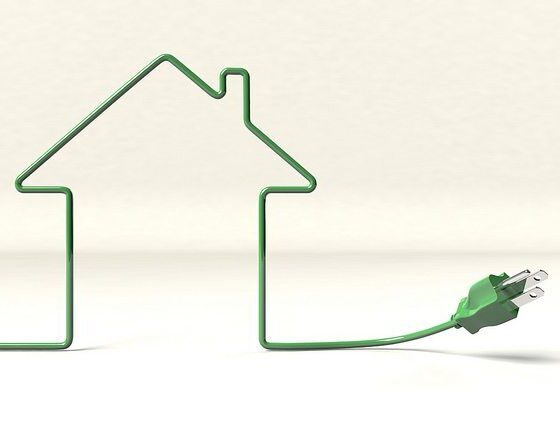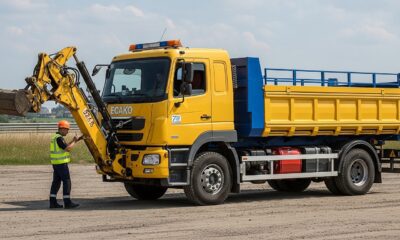

Energy
How to make your home more eco friendly
It is difficult to get through the news lately without an article on some sort of environmental crisis popping up. Water shortages, climate change and poor air quality are all making an impact on the earth. You should not let what might seem like an insurmountable problem keep you from helping protect the planet and its resources. There are ways individuals can make a difference.
Your house can be a model of green living. As you build or make improvements to your home, consider the eco-conscious options. There are companies that specifically cater to environmental updates. If you’ve been to your state fair in the last few years, you’ll note there are many vendors of green living products. From large makeovers to inexpensive changes, here are some ways to make your home more eco friendly.
At the top
Starting at the top of the house, consider your roofing options. Installing solar panel shingles is not the unusual practice it once was. While the initial investment can cost more than traditional shingles, you will save money in the long run with the energy produced by the addition. Some states offer rebates for homeowners installing solar panels.
You can also look at tile, which lasts for decades and is great for ventilating and cooling the house. The uber gardener may want a living roof – these roofs take careful planning and maintenance, but who wouldn’t love getting basil from the roof?
Underneath the roof, make sure you up your energy efficiency in the attic with insulation. You can find products that are made from recycled paper or denim. Sheep’s wool is a great insulation that is easy to install.
The main floor
Using natural light whenever possible can prevent huge amounts of carbon dioxide from entering the atmosphere. Open those shutters and let the light shine. And speaking of shutters, your window treatments can contribute to your green efforts. You can install planet friendly window shutters from a company committed to environmental materials and practices. The shutters are an aesthetically pleasing means of providing insulation to keep your house warmer.
To save on your water use, you can install recirculating water pumps for instant hot water, low flow toilets, and water aerators. By repairing leaks in plumbing or fixtures, you can prevent the waste of thousands of gallons of water. Appliances should meet energy star guidelines, and you should air dry clothes and dishes where possible to boost energy efficiency. Using organic, fragrance-free products such as shampoo and dish soap helps to remove toxins from your body and the water supply. For smaller appliances and devices, invest in a solar powered charger. You’ll lower your electricity bill and carbon emissions.
The materials and processes used to manufacture furniture, rugs and linens can often be damaging to the environment. Glues, treated fabrics, foam and more can all take a toll. It may be tempting to replace your furniture with new items, but consider heading to a thrift shop or consignment shop for your next sofa or rug. You will be minimizing manufacturing, all while getting a great price and benefiting a good cause. If you really want new items, find a company that is committed to using renewable woods, organic fabrics and other green materials.
A recycling system is a great way to reduce waste on the earth. The simple act of recycling reduces the amount of plastic produced and lowers harmful gas emissions. You can do an online search to learn hundreds of ideas to reuse and upcycle items you use regularly, from plastic bags to garbage cans.
Outside the house
A garden has numerous benefits for yourself and the earth. You can ensure your food is organic and pesticide free. You have less need of the grocery store and the overall impact of shopping for your food is diminished. You will be in charge of managing water use. By canning your homegrown food, you will be providing food for your family year-round. If you don’t have the ability to plant a garden, consider joining a collective that shares garden produce.
In your yard, be sure to avoid toxic chemicals for treating your lawn, and try a reel or electric lawnmower. Your landscaping can use sustainable practices, which make wise use of water, solar energy and recycled materials. Composting can be a major part of your healthy garden and lawn.
Your commitment to making your home eco friendly doesn’t have to include huge amounts of time or great expense. It can start with small steps. Whatever you decide to do, you will be setting a good example for your children and neighbors, in addition to preserving this beautiful planet.


 Environment10 months ago
Environment10 months agoAre Polymer Banknotes: an Eco-Friendly Trend or a Groundswell?

 Environment12 months ago
Environment12 months agoEco-Friendly Home Improvements: Top 7 Upgrades for 2025

 Features9 months ago
Features9 months agoEco-Friendly Cryptocurrencies: Sustainable Investment Choices

 Features10 months ago
Features10 months agoEco-Friendly Crypto Traders Must Find the Right Exchange


























